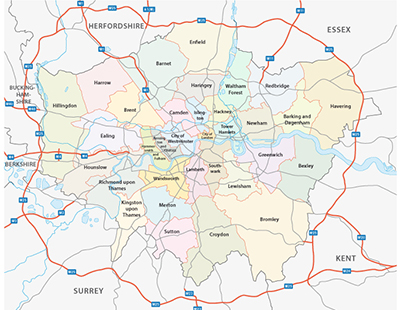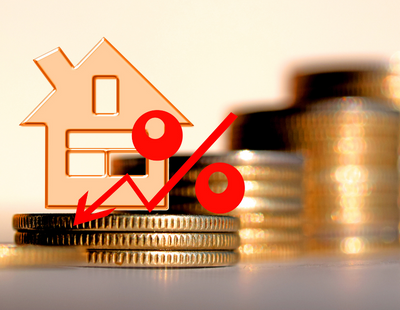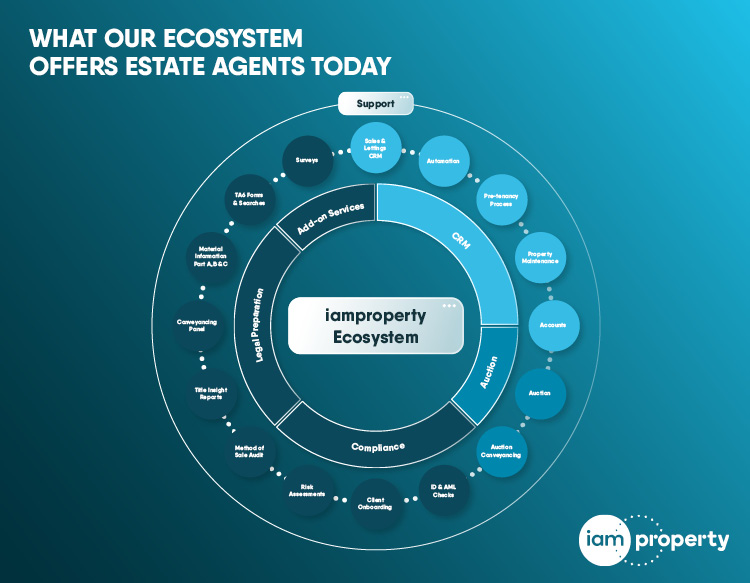
There were an estimated 354,000 homemovers in 2016, a fall of 4% compared to the 367,000 recorded the previous year.
Analysis by Lloyds Bank shows this is the first annual decline recorded since 2011, following four years of growth.
The total number of homemovers was 12% higher than the all-time low of 315,000 recorded in 2009.
However, last year's figure remains less than half of the 712,000 reported in 2006.
Andrew Mason, mortgages director at Lloyds Bank, says that the fall in the number of homemovers last year may be due to the low availability of the 'right' homes for those looking to move up the property ladder.
“The ability of homemovers, particularly those in their first homes, to move on is an important component in the market as it increases the supply of properties, providing homes for new first-time buyers,” he says.
Lloyds, which analysed its own figures as well as those from the Council of Mortgage Lenders, Bank of England and Office for National Statistics for its report, says that the average house price paid by movers hit an all-time high of £291,777 last year.
Since falling to £199,645 in the midst of the market downturn eight years ago, the average price paid by buyers has increased by £92,000, equivalent to 46%.
The bank calculates that the average deposit increased by 6% last year to a figure of £96,968 - some 33% higher than 2009's average of £72,270.
The average deposit was equivalent to a third of the average price paid during 2016, down from 36% in 2009 and the same as the percentage recorded a decade ago.
In recent years homemovers have been opting for longer term mortgages, according to Lloyds. The report shows that the proportion of movers with a term of five to 25 years has dropped from 83% to 61% in the last decade.
Meanwhile, last year 39% of mortgages were for a term of between 25 and 35 years, compared to 17% that were for a term of over 25 years in 2006.
Meanwhile, HMRC has released its latest figures showing that the overall number of property transactions in 2016 was the highest recorded since 2007.
















%20-%20IMAGE%20Client%20Accounting%20%E2%80%93%20what%20are%20your%20options.jpg)


.png)
.png)
.png)
%20(002).png)






%20(002).jpg)












Join the conversation
Jump to latest comment and add your reply
High stamp dutys and high tax to landlords is stifling the property market which affects retail trade and the economy.
High stamp duty and higher taxes on landlords is the only thing which looks good at the moment. It will mean cheaper more affordable homes for ordinary people to buy. Landlords reduce supply and force prices up, it is about time they were curtailed. More normal people buying the stock and having to sell as their needs increase means more transactions for estate agents as landlords just horde properties long term.
It isn't that great long term though at least with landlords bulk buying property you get some good quality lets. In our area nearly all of our landlords have turned to HMO's to increase their profits. All well and good but the quality of some of the work is atrocious and they are still getting top rent.
Not just that but I can honestly say I haven't seen any increase in first time buyers what so ever. I get the thinking behind all of this but I don't think the execution has been done very well at all.
All we have done is stifle the market and therefore the economy.
Before we act like its all doom and gloom I think we should look at what Lloyds are not telling us. The figures only refer to mortgage customers which is misleading and doesn't include the cash buyers.
Please login to comment